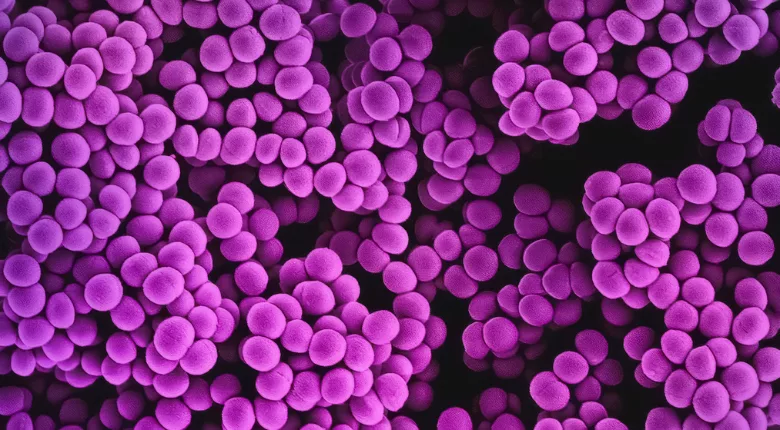Onsite Detection of Multiple Foodborne Bacteria Achieved Within One Hour Using Handheld Device

Image credit: NIAID via Unsplash
Researchers from Osaka Metropolitan University have achieved rapid, simultaneous detection of multiple foodborne bacteria with a handheld electrochemical device, which sends results to a smartphone app for convenient interpretation of results.
The biosensor-based technology was able to detect Escherichia coli and Staphylococcus aureus in real-world samples, onsite and within an hour. Time-wise, the new device offers a vast improvement over traditional, culture-based methods conducted in a laboratory, which can take days to produce results.
To develop the device, the researchers synthesized gold and copper metallic nanohybrids—made up of conductive polymers and metal nanoparticles—that do not interfere with each other, enabling electrochemical signals to be distinguished by the same screen-printed electrode chip on a biosensor. The antibodies for specific target bacteria were then introduced to these nanohybrids to serve as electrochemical labels. Results confirmed that the synthesized nanohybrids functioned as efficient electrochemical labels, enabling the simultaneous detection and quantification of multiple bacteria in less than an hour.
The researchers, led by Hiroshi Shiigi, Eng.D., Professor at the Osaka Metropolitan University’s Graduate School of Engineering, aim to develop new organic metallic nanohybrids to simultaneously detect even more bacterial species.
Looking for quick answers on food safety topics?
Try Ask FSM, our new smart AI search tool.
Ask FSM →









